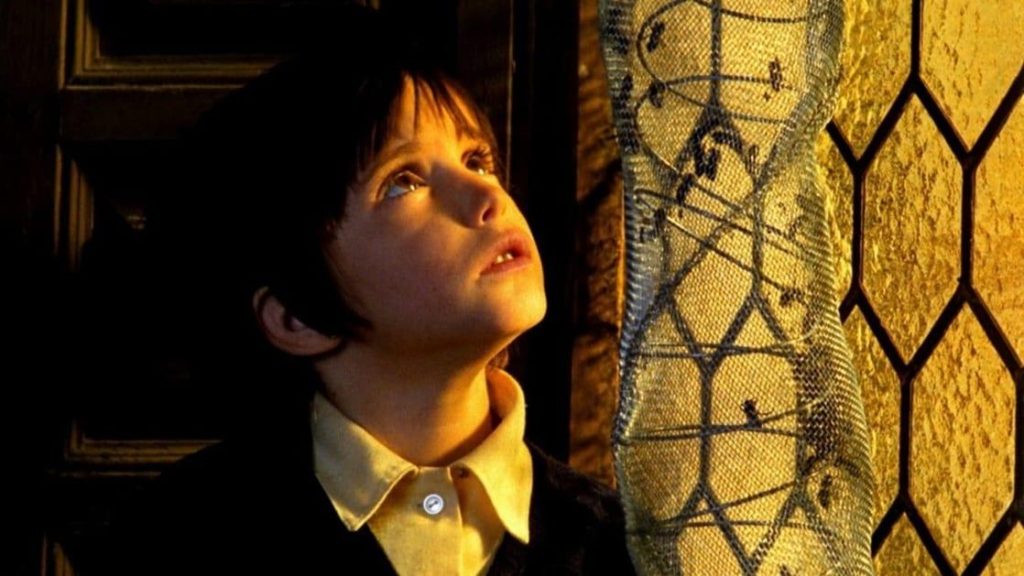
Victor Erice’s 1973 poetical allegory of the impact of the Spanish Civil War
was widely acclaimed at the time of its release and has since been justly
recognized as a masterpiece of Spanish cinema. The Spirit of the Beehive
tells the story of a family living in rural Andalucia in 1940 (a year after the end
of the Civil War), focusing primarily upon the two young daughters, Ana and
Isabel. Following the village screening of James Whale’s Frankenstein, older,
mischievous Isabel tells curious Ana that Frankenstein’s monster is a spirit
living in a nearby deserted hut. This sparks in seven-year-old Ana’s mind a
childish fascination with the monster that results in her “adoption” of an army
deserter.
The seemingly simple plot is massively enriched by the fairytale-like rendering
that privileges the child’s vision of the world as a mysterious, enigmatic, and
potentially threatening place. However, in this it parallels the film at the center
of its narrative and shows beauty and horror to be integral rather than binary
components.
A mushroom-hunt in a sun-drenched forest is set to a jovial flute-tune
but soon turns into an educational treatise on the potential treachery of
mushrooms; children fascinated by a bonfire jump through the flames; the
beehives of the title produce rich golden honey but are a ruthless dark
mass with a futile existence; the initial excitement of a listening to the
track for an approaching steam-train turns into nervous worry for the girls’
safety as the huge mass plows past, dwarfing the two curious figures.
This is also written into the delicate cinematography. Luis Cuadrado’s camera
finds patterns in everything it points at, and the girls are shown either in wide
shots, amidst barren landscapes that emphasize their fragility, or in close
ups that are endlessly fascinated by their childish response to the world.
Ultimately, it is Cuadrado’s brown and green dream-like rendering of these
childhood landscapes that gives Spirit of the Beehive its evocative power.
To this end, Spirit of the Beehive is perhaps best summed up by a moment
that comes in the middle of the film: a girl reads a strangely dichotomous
passage aloud to her equally young classmates, “I only feel thirst, a thirst for
I know not what. Rivers of life, where have you gone? Air, I need air. What do
you see in the darkness that makes you silently tremble? I have the eyes of a
blind man who stares at the sun’s face.”
In the midst of the destruction and futility of war, Erice’s film makes a
resounding call for a return to engaging with the mysteries of existence, as
seen in Ana’s abiding curiosity and her closing call to her spirit-friend. After
experiencing the shock of her monster’s killing, she stands at the window and
repeats her sister’s lesson about spirits: “if you’re his friend, you can talk to
him whenever you like. Close your eyes and call to him.”
— Fran F.
- Directed by: Víctor Erice
- Produced by: Elías Querejeta
- Written by: Victor Erice Ángel Fernández Santos
- Music by: Luis de Pablo
- Cinematography by: Luis Cuadrado
- Editing by: Luis Cuadrado
- Release Date: 1973
- Running Time: 98
- Language: Spanish
Arts & Faith Lists:
2010 Top 100 — #51
2011 Top 100 — #93